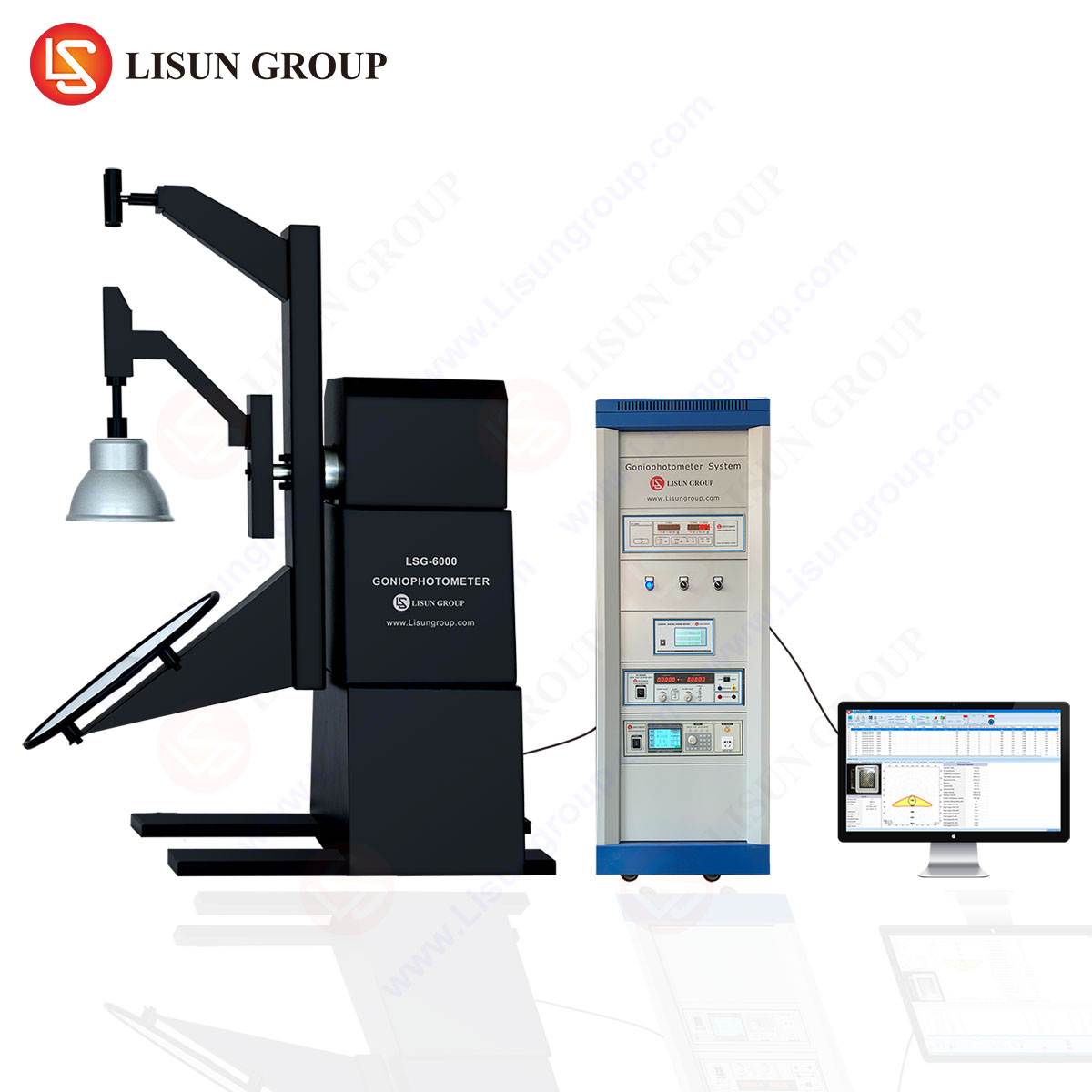Introduction to Electromagnetic Interference (EMI) Testing
Electromagnetic Interference (EMI) testing is a critical process in ensuring electronic and electrical devices comply with international electromagnetic compatibility (EMC) standards. EMI test receivers are specialized instruments designed to measure conducted and radiated emissions from electronic equipment, verifying adherence to regulatory limits. These devices are indispensable in industries such as automotive, aerospace, medical devices, and consumer electronics, where electromagnetic disturbances can compromise performance, safety, and compliance.
Fundamental Principles of EMI Test Receivers
EMI test receivers operate based on the principle of detecting and quantifying unwanted electromagnetic emissions across a defined frequency spectrum. They employ heterodyne or Fast Fourier Transform (FFT)-based signal processing to capture both narrowband and broadband disturbances. Key measurement parameters include peak, quasi-peak, and average detection modes, each serving distinct purposes in compliance testing.
The LISUN EMI-9KB, for instance, incorporates a high-performance superheterodyne receiver architecture, enabling precise measurements from 9 kHz to 30 MHz for conducted emissions and 30 MHz to 1 GHz for radiated emissions. Its advanced DSP filtering ensures accurate signal analysis, critical for meeting standards such as CISPR, EN, and FCC Part 15.
Core Features of Modern EMI Test Receivers
High Sensitivity and Dynamic Range
Modern EMI test receivers, including the LISUN EMI-9KB, feature high sensitivity (typically 80 dB), allowing detection of low-level emissions while avoiding saturation from strong signals. This capability is essential for testing high-power industrial equipment or sensitive medical devices where emission levels vary significantly.
Multi-Detector Functionality
Compliance testing requires multiple detection modes:
- Peak Detection: Identifies maximum emission levels for preliminary scans.
- Quasi-Peak Detection: Simulates human auditory response to intermittent disturbances, mandated by CISPR standards.
- Average Detection: Measures continuous emissions, crucial for telecommunications equipment.
The EMI-9KB integrates all three modes, facilitating comprehensive EMC assessments.
Automated Compliance Testing
Automated test sequences reduce human error and improve repeatability. The EMI-9KB supports pre-configured test plans aligned with CISPR 16-1-1, enabling rapid evaluation of lighting fixtures, power tools, and IT equipment against regulatory limits.
Applications Across Key Industries
Automotive and Rail Transit
In the automotive sector, EMI testing ensures electronic control units (ECUs) and infotainment systems do not interfere with critical functions. The EMI-9KB’s ability to measure transient emissions aligns with ISO 7637-2, addressing ignition system noise and electric vehicle powertrain disturbances. Similarly, rail transit systems require adherence to EN 50121, where the receiver’s high immunity to ambient noise ensures accurate measurements in electrically noisy environments.
Medical Devices and Industrial Equipment
Medical devices, such as MRI machines and patient monitors, must comply with IEC 60601-1-2. The EMI-9KB’s precision in measuring low-frequency conducted emissions (9 kHz–150 kHz) is vital for detecting power-line harmonics. Industrial automation equipment, including variable frequency drives (VFDs), benefits from the receiver’s broadband analysis, identifying switching noise from motor controllers.
Consumer Electronics and Lighting
Household appliances and LED lighting fixtures are subject to CISPR 14-1 and CISPR 15. The EMI-9KB’s quasi-peak detection ensures compliance with flicker and harmonic emission limits, while its real-time spectrum analysis aids in troubleshooting switch-mode power supply noise.
Competitive Advantages of the LISUN EMI-9KB
Enhanced Measurement Accuracy
The EMI-9KB utilizes a proprietary low-noise front-end amplifier and precision IF filters, reducing measurement uncertainty to ±1.5 dB. This is critical for laboratories requiring ISO 17025 accreditation.
Modular Expandability
Unlike fixed-configuration receivers, the EMI-9KB supports modular upgrades, including extended frequency ranges (up to 18 GHz) and additional preamplifiers. This flexibility caters to evolving standards, such as those for 5G communication devices.
User-Centric Software Integration
LISUN’s EMIQ software provides intuitive control, data logging, and report generation, streamlining compliance documentation for aerospace and defense contractors.
Scientific Validation and Standards Compliance
The EMI-9KB’s performance is validated against CISPR 16-1-1 and ANSI C63.4, with calibration traceable to NIST. Table 1 summarizes its key specifications:
| Parameter | EMI-9KB Specification |
|---|---|
| Frequency Range | 9 kHz – 1 GHz (extendable) |
| Sensitivity | -130 dBm (typical) |
| Dynamic Range | 85 dB |
| Detection Modes | Peak, Quasi-Peak, Average |
| Compliance Standards | CISPR, EN, FCC, MIL-STD-461 |
Frequently Asked Questions
1. What distinguishes quasi-peak detection from average detection in EMI testing?
Quasi-peak detection weights intermittent emissions based on their repetition rate, reflecting human annoyance factors, while average detection measures continuous emissions, critical for telecommunications.
2. Can the EMI-9KB test both conducted and radiated emissions?
Yes, the receiver supports both emission types, with optional antennas and line impedance stabilization networks (LISNs) for complete EMC testing.
3. How does the EMI-9KB handle high-amplitude signals without saturation?
Its automatic attenuation control and high IP3 (third-order intercept) ensure linear operation even with strong interfering signals.
4. Is the EMI-9KB suitable for military aerospace applications?
Absolutely. Its compliance with MIL-STD-461 makes it ideal for testing avionics and spacecraft components.
5. What software features enhance the EMI-9KB’s usability?
EMIQ software offers automated limit line comparisons, real-time spectrogram displays, and customizable reporting for regulatory submissions.







